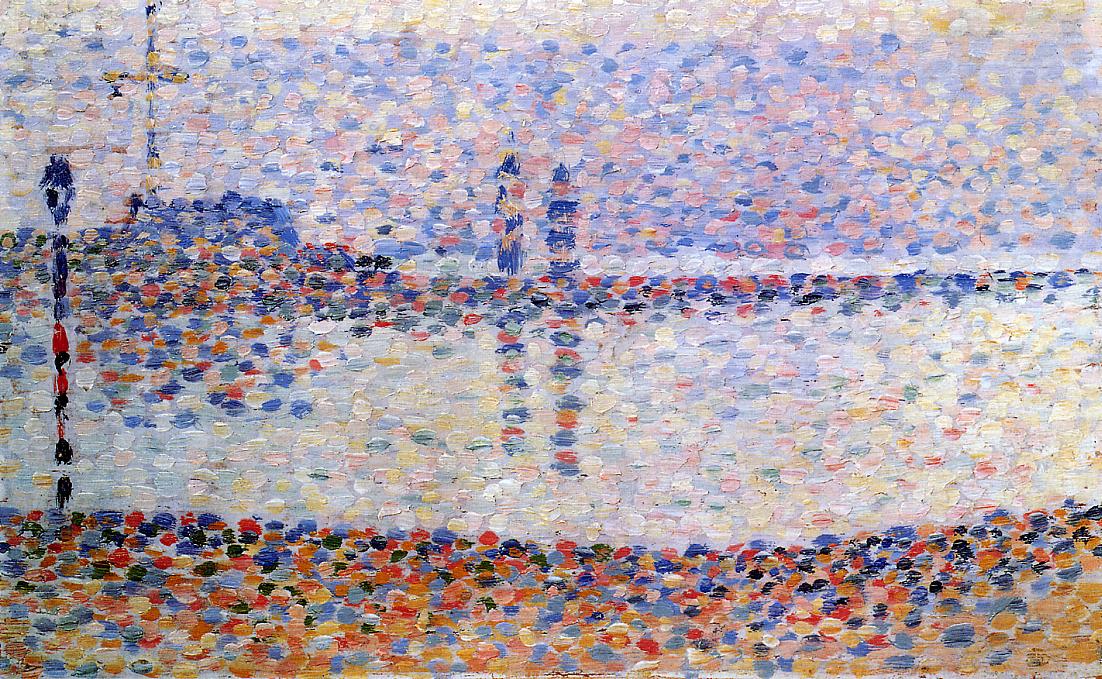Seurat: An Art Lesson Any Parent Can Do
June 17, 2015
In the wake of discussing how important art is for kids in Why Is Art Important? My Year in the Classroom, here is a chance to introduce your kids to art and have fun at home without needing to do any research. Bonus: You probably have most – or all – of the materials in your house already.
Colors are a big part of art, specifically painting. The color wheel is a fun place to start, and then you can branch out to a Seurat project. All you need is paper and a coloring utensil … crayons, paint, or my favorite: cookies and frosting.
Create a Color Wheel
Start by coloring the three primary colors red, blue, and yellow in a triangle on a blank piece of paper. If you want to make it even more fun, use circle cookies like Nilla Wafers and color white frosting with primary food coloring.
Next, in the spaces between each primary, lightly color both of those primaries on top of each other. Combine the blue and yellow to make green, the red and yellow to make orange, and so on. This creates the secondary colors.
If you would like, you can combine those primary and secondary colors to complete the color wheel.
The Artist
The artist Georges Seurat, who live from 1859-1891, approached art as a science in a style known as Post-Impressionism. He devised the painting techniques known as chromoluminarism and pointillism. These techniques stem from the idea that the brain would experience the colors more vibrantly if it mixed the colors itself. So, he used small dots of the colors he needed to create what he wanted and put them very close together rather than mixing them. Up close, your brain can make out the dots. But from a distance, they blend into the desire color.
The Project
To recreate this method, you will need paper, paint, Q-tips, and a pencil. Draw a picture using pencil then use Q-tips or the tip of a paint brush to make dots that overlap. Use only the primary colors as well as white and black to create what you need. For example, dot red next to blue to create purple from afar.
When we worked on this project in class, the kids had a difficult time with the idea that their paper didn’t show the color they wanted from close-up. It helped to have to hold their papers up from across the room. They were amazed at how the colors really to blend. This example shows a project from a little girl who felt sure her work would be terrible. Up close her tree shows all the primary colors, but from far away it looked green and brown, just like the tree she wanted.
Image Source: Wikipedia






